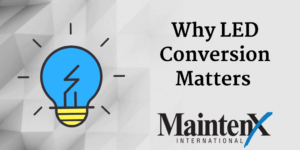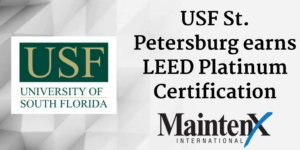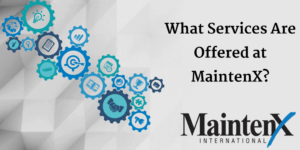If you want to decrease your energy use and trim the fat from your electricity bill, ceiling fans might be able to help. With these power saving tips, you’ll learn how to make the most of your ceiling fans while reducing HVAC costs.
Ceiling Fans
If you’re looking to maximize your savings and lower your energy consumption effectively, a ceiling fan is your best bet. Ceiling fans circulate air in a room without using too much electricity. If you use an air conditioning system, a ceiling fan will allow you to use it less while maintaining the temperature you want.
Unfortunately, ceiling fans are appropriate only in rooms with ceilings at least 8 ft. high. Ceiling fans must be installed so their blades are no closer than 8 inches from the ceiling.
Generally speaking, more expensive ceiling fans operate more quietly often last longer than cheaper versions.
ENERGY STAR
To maximize your energy savings, look for ceiling fans that have the ENERGY STAR label. Fans with this label are guaranteed to move air 20% more efficiently than standard—and more expensive, over time—models.
Though ceiling fans deliver better circulation of cool air, they can still waste your money and energy if no one is in the room to enjoy their effects. Here are a few tips to avoid this:
- Don’t install fans in rooms that aren’t used very often.
- Turn fans off as you leave a room.
- Keep the fan turned off, and the light on as a default. Only use the fan feature when you need it, and turn it off when you don’t.
If you’d like to know more about fans and energy savings, contact MaintenX today!




